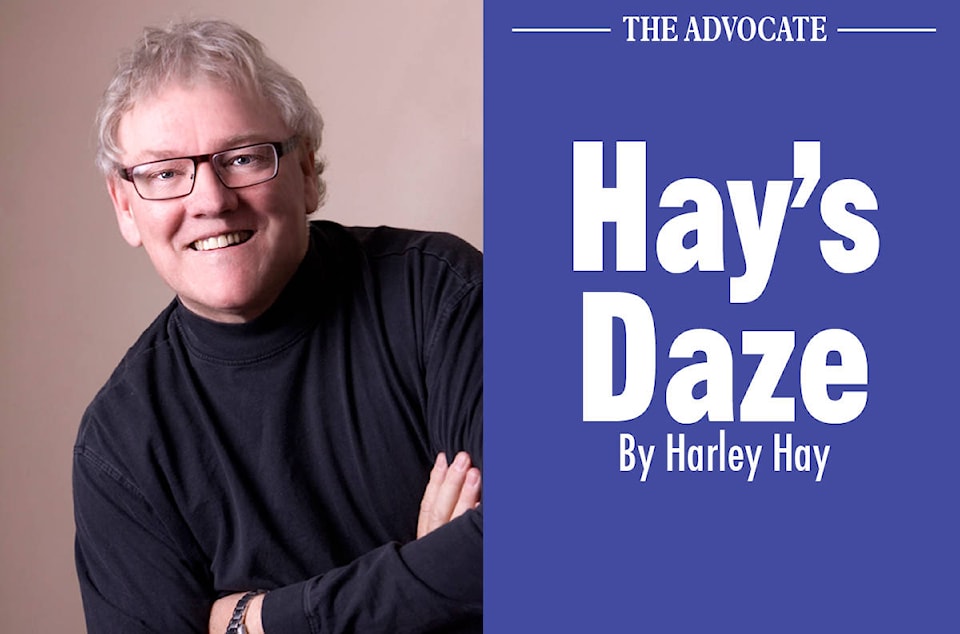Does this make sense to you? You walk into a nice library or your favorite friendly neighborhood bookstore, and you stroll nonchalantly over to a shelf so that you can relax and pause and contemplate some highly anticipated reading choices and - wait a minute! – not only do the rows and rows of books look the same, upon closer astute inspection it becomes surprisingly, strangely and agitatingly obvious to you that what you are looking at is not quite right. Something is a bit off. Uncanny valley. Like tight white stretch pants on construction workers. Or monkeys on motorcycles.
You’re looking at something weird. You begin to wonder if you’ve entered the Twilight Zone. In fact, you’d swear that you can clearly hear that iconic hauntingly familiar “nee-nee-nee-nee” theme music from that iconic haunting TV show from decades ago. That Twilight Zone sound and that feeling somehow still sticks with you – echoing like those little random recurring dizzy spells – I call them “the swirlies - that you get once in a while these days. Is that Rod Serling’s fabulously creepy voice you hear?
“You have stepped into a bizarre backwards and senseless world where books have reversed themselves right on the shelf…” Nee-nee-nee-nee…
I know, strange, right? But here’s the thing – it’s now a trendy “design feature” to place books on shelves backwards. Like, butt ends in, pages out. You go to a fancy showhome, or check out any of the 48 channels of house flipping, flopping, designing, make-overs or fixer uppers on TV and sooner or later you’ll run smack dab into backwards books on shelves. Showing the pages only.
But why? We’ve seen design trends come and go – like colorful zig zag-design knitted throw pillows on couches. Macramé lamps. Orange shag carpets and wicker everything. Now, those are kind of cool, in a tacky “did people really do that?” sort of way. Spineless books? Not so much.
What’s next – shelves full of upside down trophies? House plants buried with the leaves inside the pot and the roots up in the air? Lamps with bulbs outside of the shades? I know - how about we all turn the pictures and paintings and nice decorative mirrors we have on our walls backwards, facing the wall? How trendy!
According to several totally true and really random websites, it turns out that apparently designers like the look of backwards books because “showing the whites of the pages creates a cohesive color palette on your bookshelf”. It’s a “sculptural effect”, they say. Fine and dandy, I say, but doesn’t it just cause normal people to look at your bookshelf and go: “Boy, that’s dumb.”
Maybe it’s just me, but I like the look of those thick burgundy works of Shakespeare with the golden embossed letters on the spine that live on our bookshelf. I think I was supposed to read some stuff in there when I was in university literature class, but at least those expensive tomes are getting some use. And if they were pages-out, with no identifying feature, how could I pretend that I studied Shakespeare somewhere in my dim past?
Backwards books also just kind of bug me. It’s like our cat who is always turning around, stretching out and showing us her butt. It’s just not something you want to look at every day.
